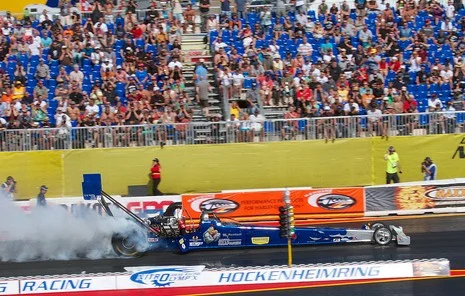Activating Part II: Transitions
ADHD plays an active role in disrupting our ability to shift from planning into action and back. There is no mention of this in the DSM-V, but transitions tend to be a major challenge for people with ADHD.
It is easy to see how a challenge around regulating effort, emotion and attention can impact our ability to transition out of one task and into another.
To overcome this hurdle we summon tremendous activation energy by tapping emotion and adrenaline. When was the last time you did this for filing an expense report?
I bet only when outside pressure rose to a level of ‘imminent threat’ did anything happen.
The transition challenge can show up as a deficit and also a surplus of energy. For the under-energized individual (ADHD without the H) activating for tasks can be their major obstacle.
Equally, shifting from an action state to a thinking/reflecting state is challenging for the over-energized individual (ADHD with the H). To make a change, begin by noticing your current behavior.
Under-energized ADDers - Are you engaging in endless ‘nesting’ as you prepare for your day but never getting started?
Over-energized ADDers - Are you blasting through your day like Iron Man streaking across the sky, failing to notice key transition points?
Both groups can benefit from developing a reliable transition practice.
For the high energy crowd, take a timely pause to assess action and redirect.
For the low energy crowd, an activation ritual or routine can help move from the thinking state into action state.
Again, as I stated in an earlier post, trust is a key resource here. Trust that the other side of the transition will be worth your while.


